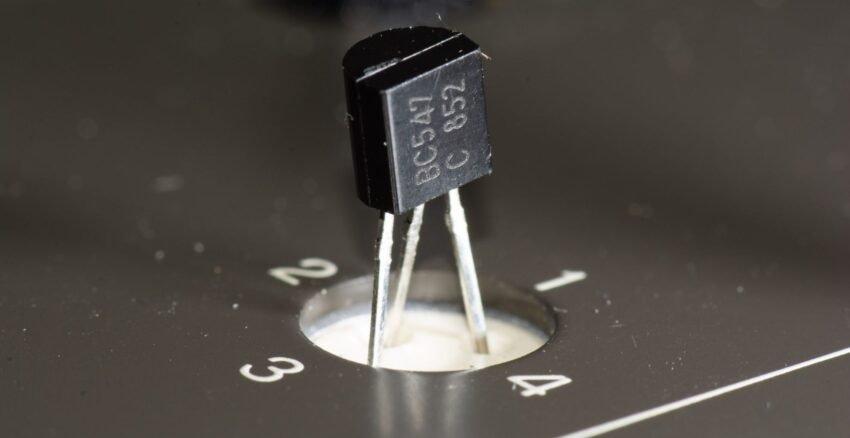It’s rather amazing how many electronic components available today are not quite the genuine parts they are sold as. Outside of dedicated and reputable platforms like Mouser, Digi-Key, and LCSC, you pretty much enter a Wild West of unverifiable claims and questionable authenticity.
When it comes to marketplaces like eBay and AliExpress, some experts, such as [hjf], go so far as to state that any power transistors sold there are 100% fake. But even small-signal transistors are not immune to counterfeiting, as demonstrated in a recent comparison test.
The comparison included a Mouser-sourced BC546C, alongside a BC547C, 2N3904, and PN2222A—all three latter transistors sourced from auction sites. As a baseline test, all transistors were evaluated using a generic component tester.
The good news is that the tester correctly identified all of them as NPN transistors. However, the ‘BC547C’ and ‘PN2222A’ failed the test due to having an abnormally low hFE (current gain), according to the generic tester. This was our first red flag. Additionally, the ‘BC547C’ showed an inverted pin-out compared to the genuine part, which is a clear indicator of a fake.
Next, the transistors were tested using an HP4145B curve tracer for more detailed analysis. The results confirmed the fake BC547C’s poor performance, including the abysmal hFE. Interestingly, the PN2222A’s hFE was within specification according to the curve tracer, contradicting the generic tester’s failure.
These results highlight two important points:
1. Cheap generic component testers are not reliable tools for detecting counterfeit parts.
2. Some fake transistors found on auction sites are blatantly counterfeit, while others are much harder to distinguish from genuine components.
For example, the PN2222A and 2N3904 used in this test almost pass the “sniff test” but still exhibit subtle off-genuine characteristics. Meanwhile, the fake BC547C didn’t even get its pin configuration right.
As always, caveat emptor—let the buyer beware. While these inexpensive transistors can be useful for casual tinkering, be aware that using fake or off-spec components may cause hours of frustrating debugging due to unexpected or off-nominal parameters.
When sourcing parts for critical or long-term projects, it’s best to stick to trusted suppliers to avoid these pitfalls.
https://hackaday.com/2025/10/25/identifying-fake-small-signal-transistors/
